

As an experienced Montessori elementary teacher and proud step-mom, I understand the importance of avoiding the dreaded summer brain drain by keeping elementary-aged kids engaged and organized but also on a loose and flexible schedule during the summer break.
In this blog, we’ll show you how to make the most of the summer using our amazing printable activity planner so your kids’ days can be fun and filled with learning.
Before we get into it, let’s set the record straight: I’m not about to hand you a rigid timetable to follow during the summer. In the world of Montessori, we believe in giving children the freedom to explore and learn about what interests them at their own pace.

So instead of a strict timeline, I’m here to equip you with a resource that will help you and your kids design a summer break routine tailored to your family’s unique dynamics. Think of it as your roadmap to creating a summer schedule for kids that strikes the perfect balance between structure and spontaneity.
I think you should consider adding this printable to your toolkit for putting together a summer schedule for kids that provides the necessary framework while leaving ample room for unstructured play and discovery.
Unlock the potential for summer learning to become an unforgettable adventure with our innovative tool.
By assigning each day of the week with a unique theme, our customizable daily activity planner transforms ordinary daily routines into extraordinary experiences.
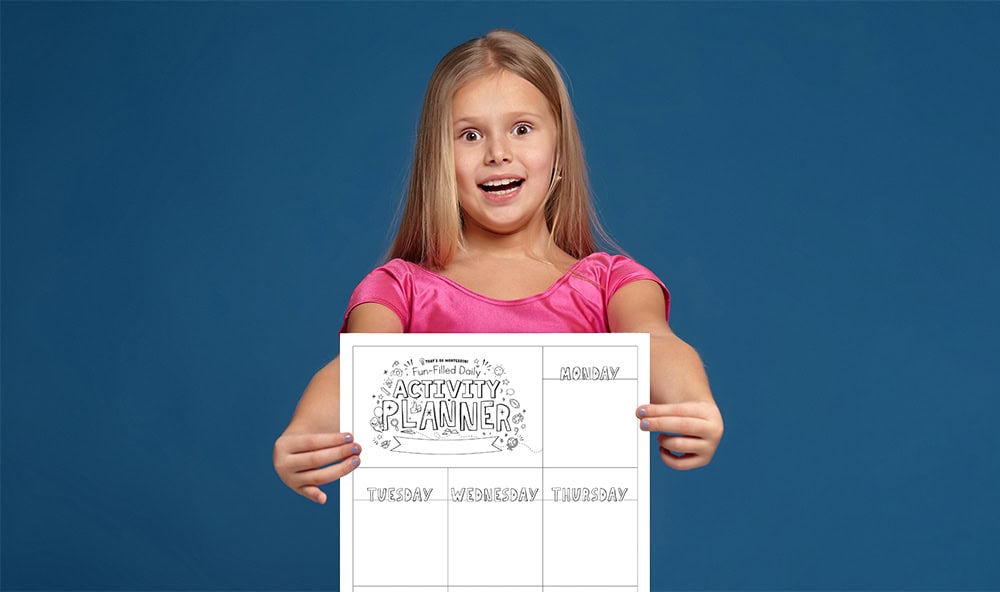
Encourage your children to use their imagination to come up with themes for each day. The themes can be as ambitious as “Science Sunday” or “Workout Wednesday” and as simple as “Fun Stuff Friday.” This process not only ignites their creativity but also fosters enthusiasm for the day’s activities.
While not necessary, the use of alliteration in the themes if fun and just sounds great!
Once the themes are selected, guide them in making a list of 4 to 6 engaging activities aligned with each theme. Just make sure that these activities are not only enjoyable but also easily achievable, designed to be completed at home without hassle.
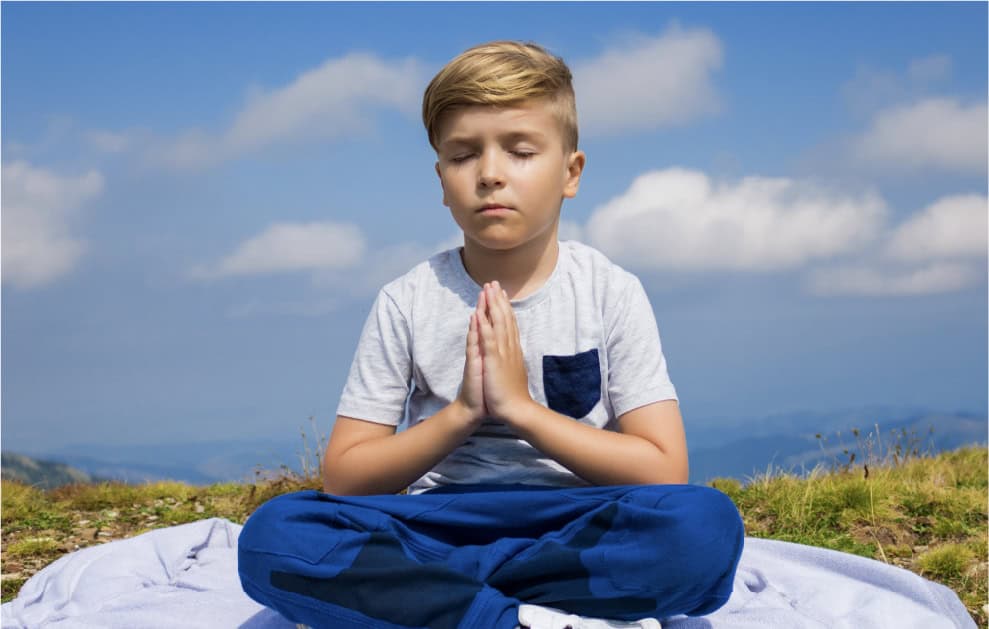
For example, on “Mindfulness Monday,” activities may include:
Each of the activities listed above promote relaxation, self-reflection, and holistic well-being. And with five activities to choose from for Mondays in July, kids have a lot to look forward to.
With these options, crafting a summer schedule for kids becomes effortless and enjoyable.
Join our Newsletter to get your FREE Activity Planner Printable NOW!

Below, you’ll find engaging themes for each day of the week that elementary kids will love. With accompanying suggestions, videos, and helpful links, organizing your child’s summer schedule has never been easier.
Use these ideas as inspiration for creating a fun and enriching weekly routine with themes that make sense for your elementary-aged kids.
Kick off the week with creativity! On Make It Monday, encourage your child to engage in hands-on creative projects.
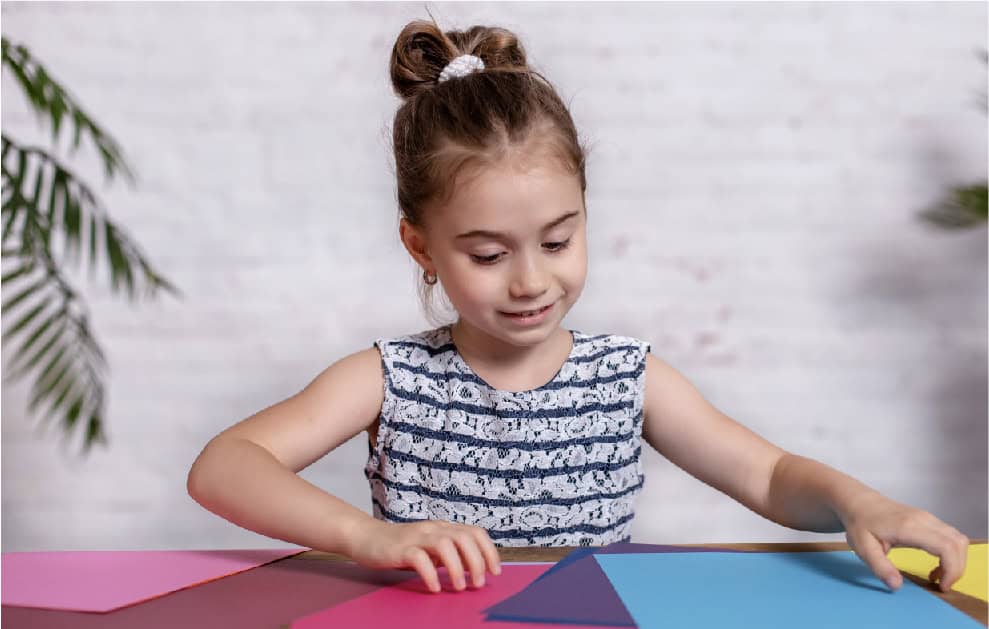
Whether it’s painting, crafting, or building something using recyclable materials, the goal is to unleash their imagination and let their creativity soar. Provide them with various art supplies, from paints and brushes to paper and glue, and watch as they bring their ideas to life.
This day is all about exploration and self-expression, so encourage them to try new techniques, experiment with different materials, and create something truly unique.
Not only does this activity foster creativity, but it also helps develop problem-solving skills and boosts self-confidence as children proudly showcase their creations.
Try some of these ideas with the kids in your life:
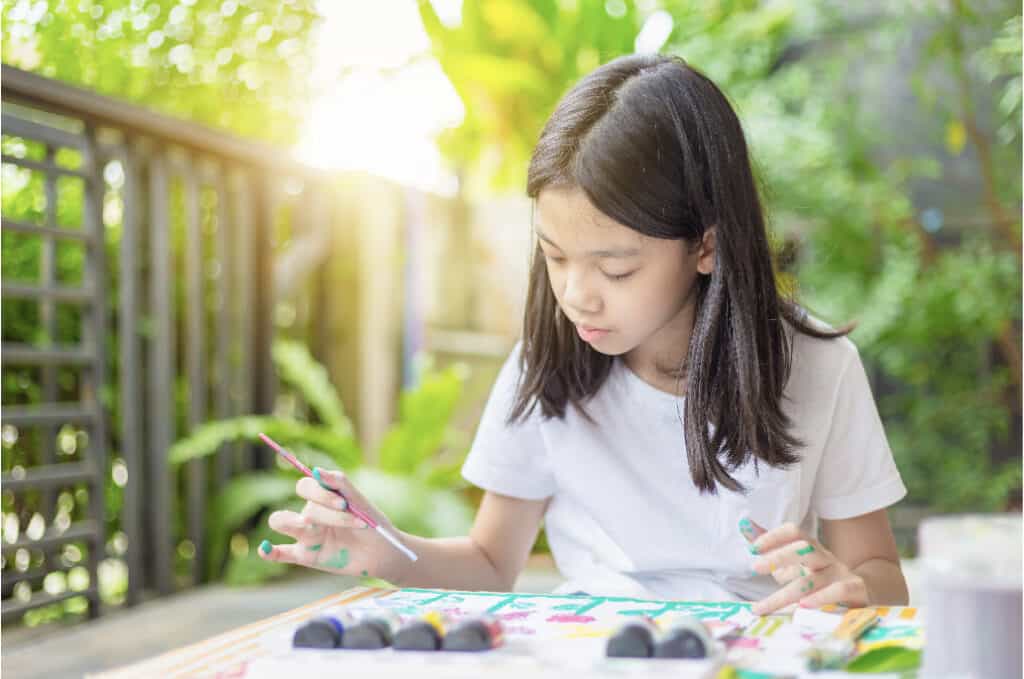
Embrace the thrill of the unknown and watch as your kids flourish through exciting new experiences.
Get your elementary-aged kids to set off on a global adventure without leaving home. They can start by picking a continent, country, or city to explore on Wednesdays during the summer months. Then, they can take a look at books, documentaries, or online resources to learn about its culture, history, cuisine, and landmarks.
For example, they could cook a traditional meal from that region, learn a few words in the local language, or create a craft inspired by its art and architecture.

Using an atlas or globe adds an interactive element to the learning experience. Kids can pinpoint the chosen location on the map, trace its borders, and discover neighboring countries.
This hands-on approach helps them visualize geographical features and understand the world’s diversity. By making worldly connections, children develop a broader perspective and appreciation for different cultures.
Whether it’s learning about ancient civilizations or modern-day customs, Where in the World Wednesday sparks curiosity and encourages a lifelong love of exploration.
Try some of these ideas with the kids in your life:

Creating space for children to cultivate mindfulness, resilience, and gratitude is essential. These intentional practices empower students to approach life’s challenges with a positive mindset, nurturing their emotional intelligence and personal growth.
Unlock your child’s dreams this summer with our Dream Board Activity for Kids!
Designed to inspire creativity and self-expression, this printable activity encourages children to visualize their aspirations and set goals for the future.
By working with images and words, kids can articulate their deepest desires and aspirations, fostering personal growth and self-discovery. So get your kids dreaming big with our Dream Board Activity!

Here are some great videos to encourage thoughtfulness:
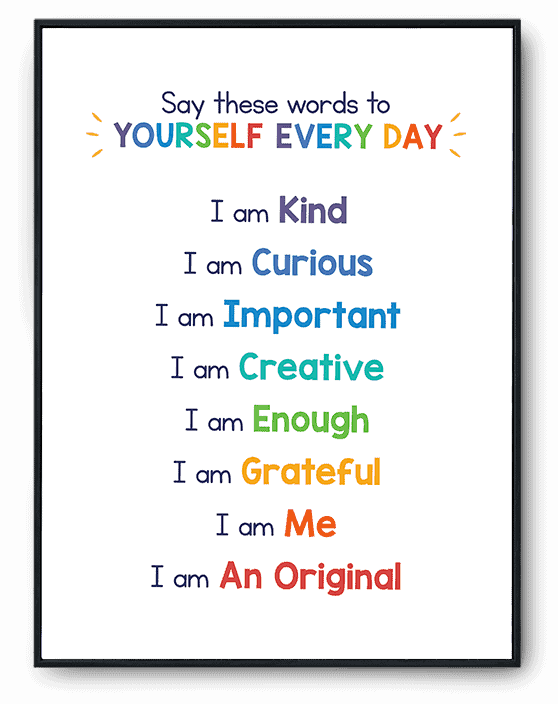
In addition to the activities mentioned above, consider expanding the range of meaningful experiences on Thoughtful Thursday by incorporating acts of kindness and fostering connections with others.
Encourage elementary-aged kids to engage in letter writing, random acts of kindness, and extending a helping hand to those in need as part of their summer activities. This will create an even more holistic and impactful experience for your children.
Inspire your kids with this video about kindness!

These immersive experiences offer a wealth of knowledge just waiting to be explored.
Spark excitement and curiosity by planning thrilling day trips that will not only captivate your children at the moment but also provide ample opportunities for meaningful discussions, research, and further learning before or after the excursion.
💡 Teacher Tip: Let the kids take the lead on planning!
Empower your children by involving them in the planning process for a fantastic going out experience. This not only sparks their creativity but also encourages them to make decisions about destinations, points of interest, transportation, and more.
As a result, they develop decision-making skills and ignite their curiosity for exploration. Guide and support them as they bring their ideas to life, resulting in a memorable and rewarding experience for everyone involved.
✳️ Before the trip, encourage your children to look into the fascinating background of the place you’ll be visiting.
Research together to uncover intriguing facts, stories, and interesting tidbits. This will ignite their curiosity and make the trip even more thrilling as they connect the dots between what they’ve learned and what they’ll experience firsthand.
✳️ During the trip, engage children by encouraging them to observe, ask questions, and take notes, as well as pictures and video if they can. Let them capture their impressions, thoughts, and observations in a journal or sketchbook.
This will not only help them stay engaged at the moment but also provide valuable material for discussions and further investigations later on.
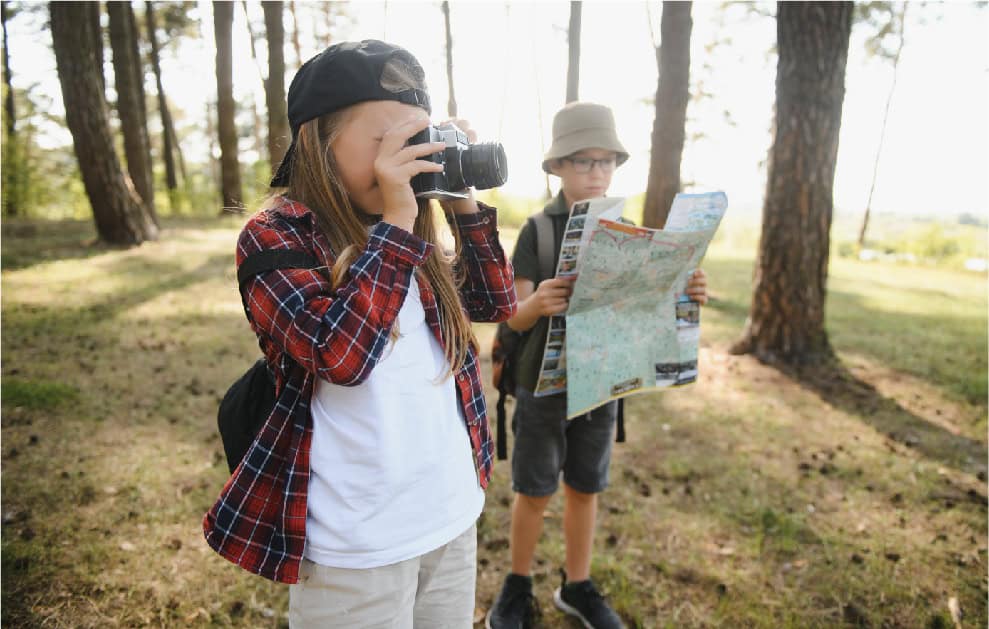
✳️ After the trip, dedicate time for sharing and reflection. Encourage your kids to discuss their favourite parts, what they learned, and any new questions that arose.
Foster their natural curiosity by guiding them to further explore topics related to the trip. This could involve additional research, creative projects, or even books that can shed more light on the subject.
For example, learners might want to create a stop motion after visiting an art exhibition, like Del Toro’s Pinocchio exhibit at MOMA that spotlights stop motion animation.

Movies have a unique way of captivating young minds and sparking their imagination. As students watch engaging narratives unfold on the screen, they are transported to different times, places, and even imaginary realms.
This exposure to diverse storylines helps broaden their perspectives and cultivates their love for storytelling.
So on Sundays this summer get the popcorn, pick a movie, and let fascinating films take their summer learning journey to new heights!
💡 Teacher Tip: Ignite thought-provoking film discussions
Transform movie watching into an enriching educational experience by engaging in meaningful conversations with children when the movie is over.
Here are prompts to deepen their understanding of the film’s themes, characters, and messages:
🤩 If you could be friends with any character from the movie, who would it be? What qualities do they possess that you admire?
🥸 What scene or moment in the movie did you like the best? Describe it.
😃 Did the movie remind you of any other movies or stories? How are they similar or different?
😆 How did the music and sound effects contribute to the overall mood and atmosphere of the movie?
🤨 How do you feel about the movie’s ending? Did it surprise you, or did you expect it to happen?
🧐 Were there any difficult decisions the characters had to make? How would you have handled those situations differently?
😎 If you could change one thing about the movie, what would it be? Why?
And here’s one of my all-time favourites:

With plenty of room to note down activities and ideas, our daily planner becomes a convenient hub for gathering a variety of fun and enriching activities to enjoy throughout the summer break.
Say goodbye to summer learning loss and hello to a season packed with excitement and learning with our daily planner in hand!
Creating a summer schedule for your family can help maintain a sense of structure and ensure that everyone makes the most out of the break. With a well-thought-out plan in place, you can balance fun activities, learning opportunities, and relaxation time for a memorable and enjoyable summer.
To get the most out of our daily activity planner, be sure to:
Displaying the summer schedule in a prominent place at home ensures that everyone is aware of the day’s activities and can prepare accordingly.
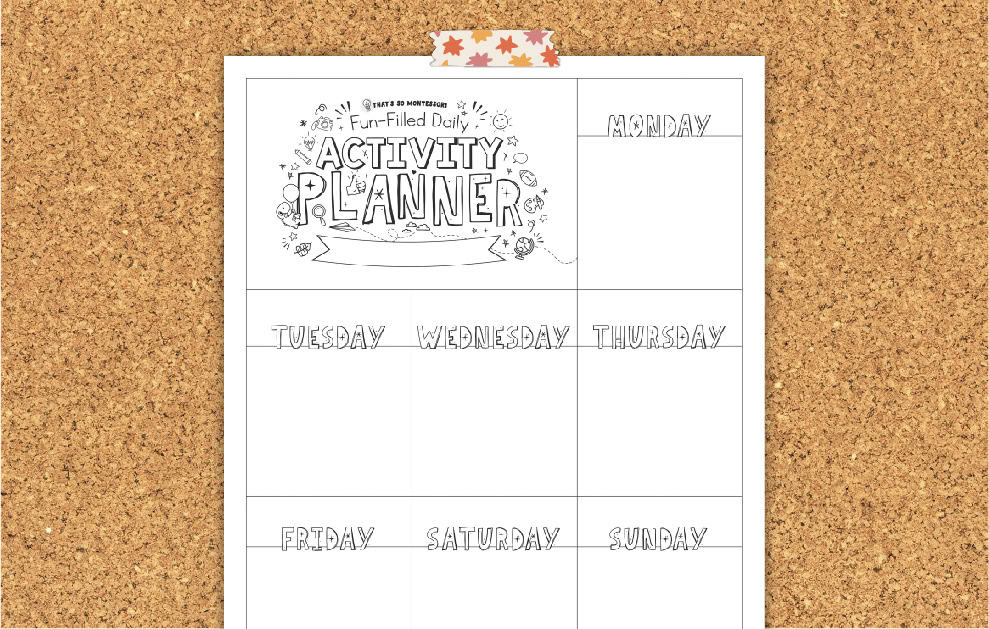
While having a schedule is important, it’s equally essential to remain flexible. Unexpected events or changes in plans may arise, so be open to adjusting the schedule as needed to accommodate everyone’s needs and preferences.
Engage your children in the process of creating the summer schedule. Allow them to contribute ideas for activities and outings, giving them a sense of ownership and excitement about the planned events.
While planning fun-filled activities is essential, don’t forget to prioritize rest and relaxation. Ensure that there are ample breaks built into the schedule to allow everyone to recharge and unwind.

When planning the summer schedule, set realistic expectations for what can be accomplished each day. Avoid over-scheduling or packing too many activities into a single day, as this can lead to stress and exhaustion for both parents and children.
By following these tips for making a summer schedule, you can create a harmonious balance between structured activities and free time for your family.
So, there you have it! With fun themed days outlined on our daily activity planner and engaging activities, you can make your kids’ summer schedule both exciting and educational.
From theme days like Make It Monday and Where in the World Wednesday, there’s something for everyone to enjoy. So, get creative, have fun, and enjoy making memories together all summer long!
Pin this blog to save it for later: